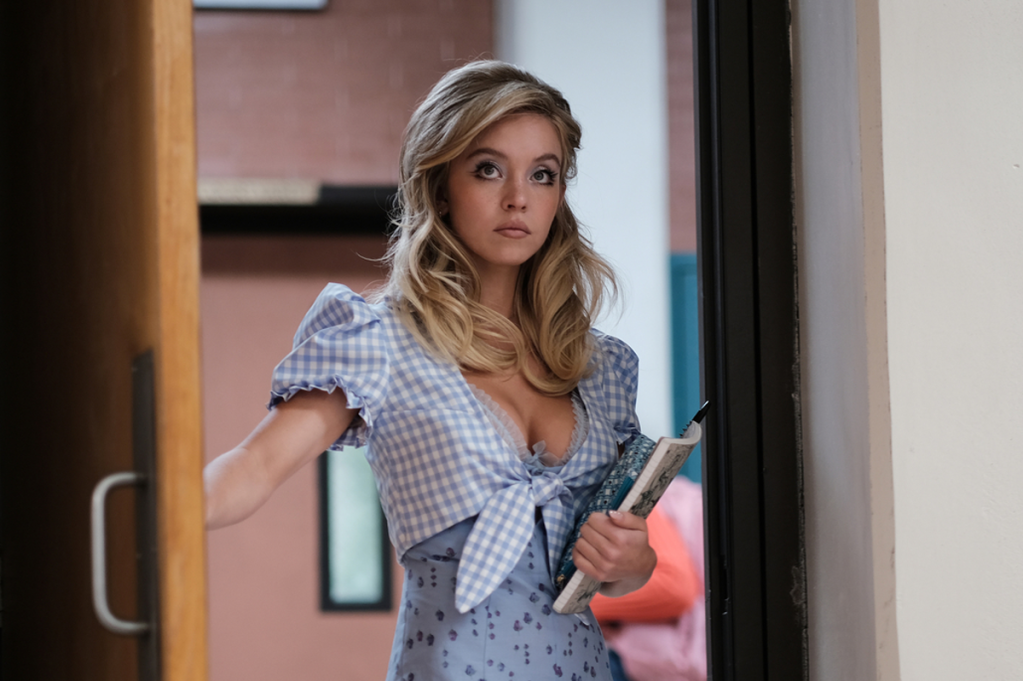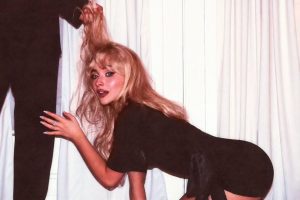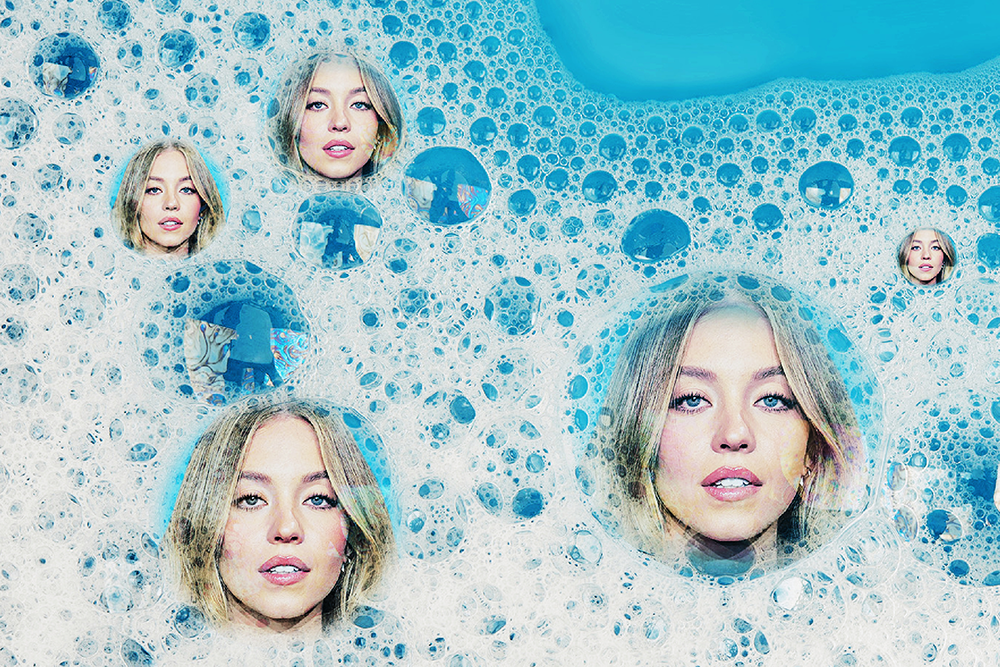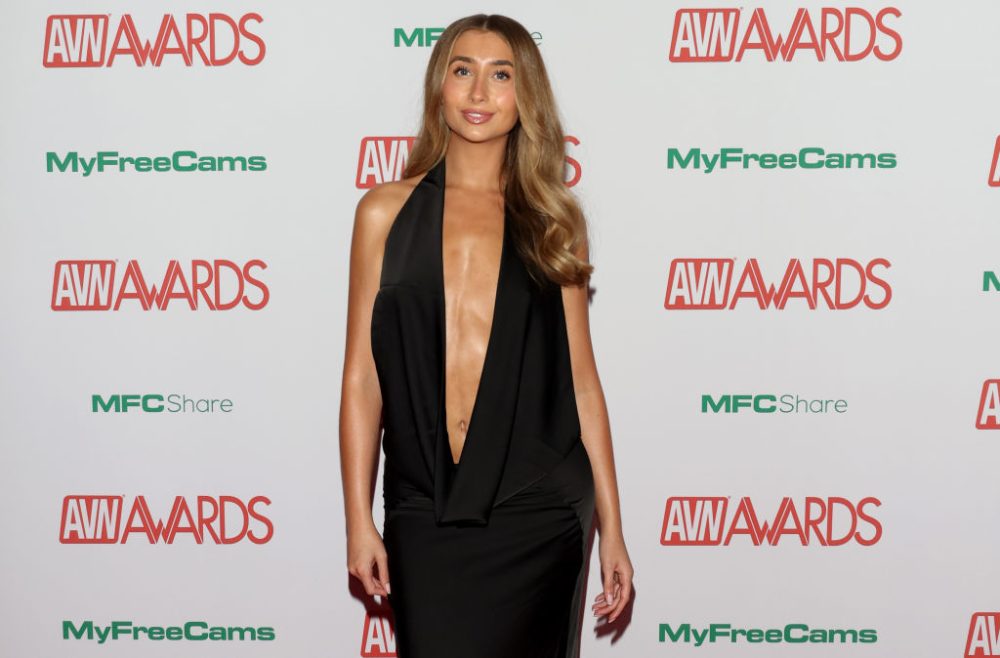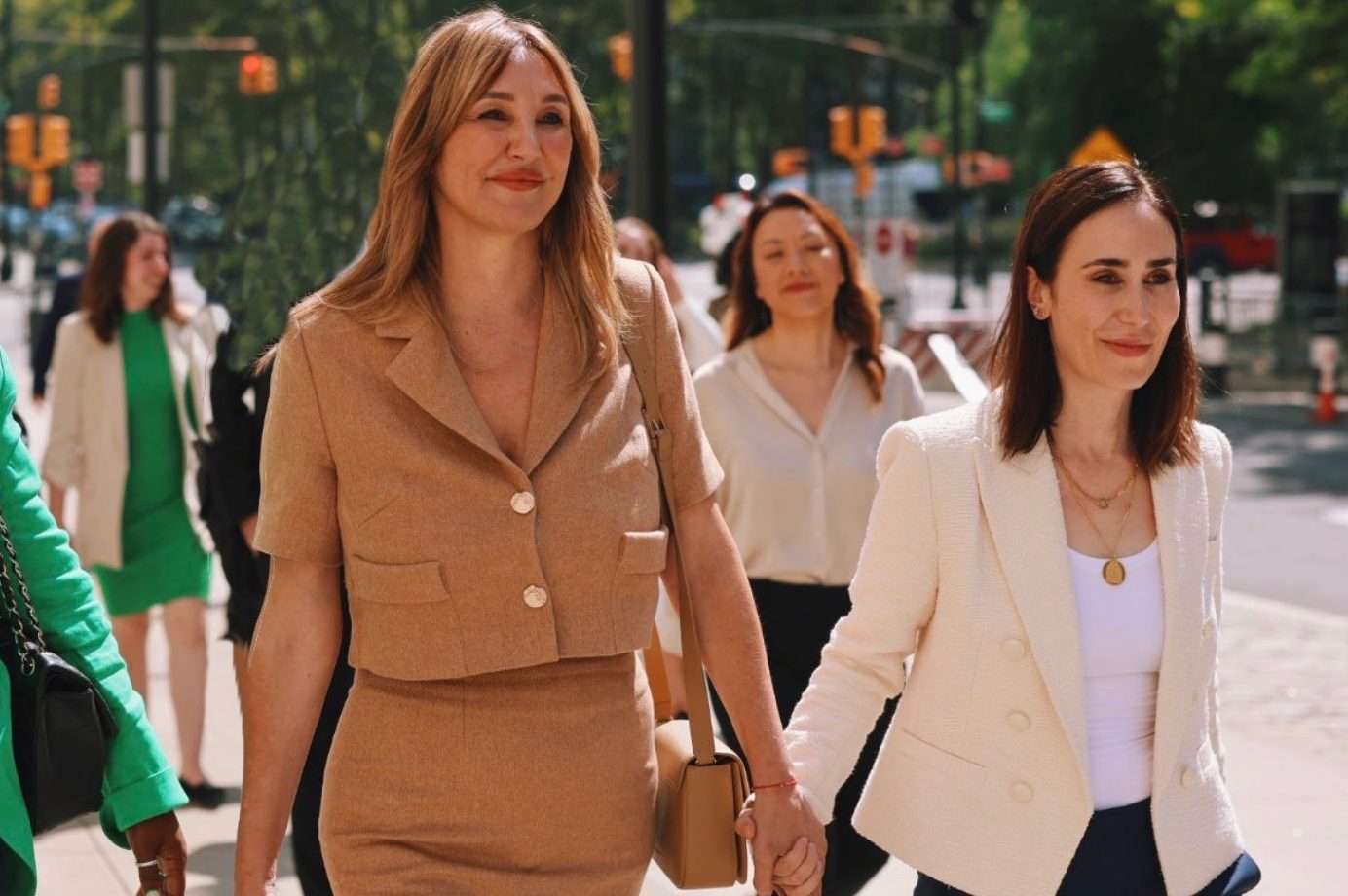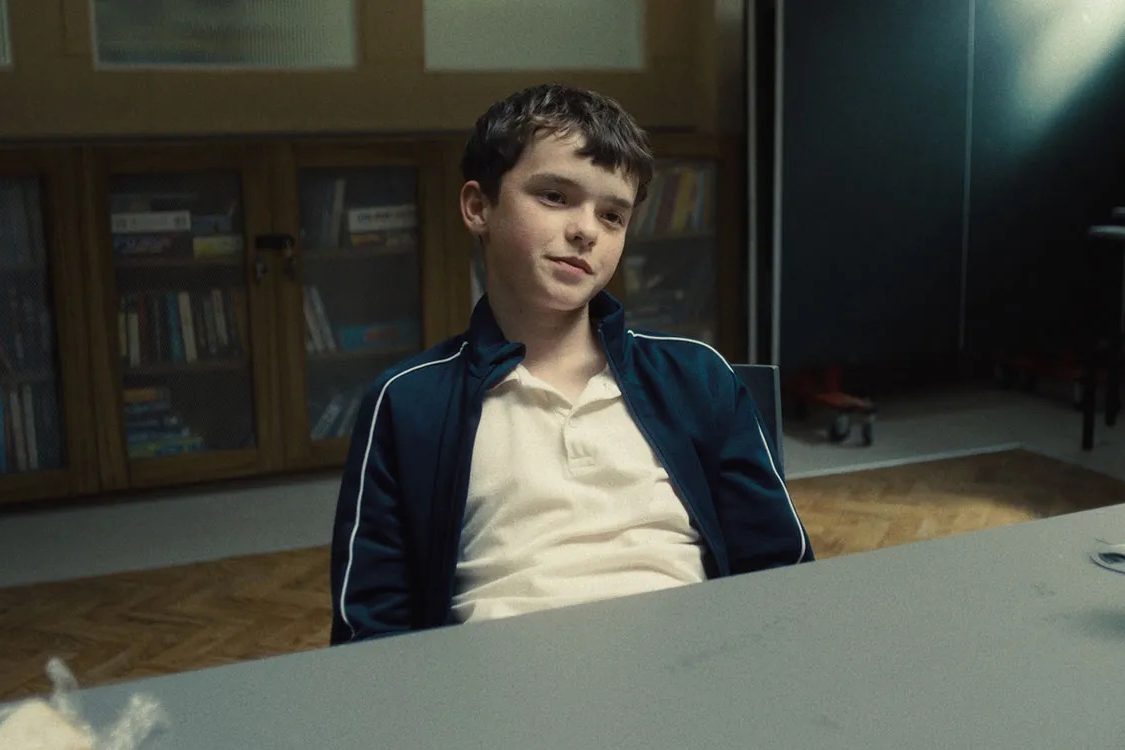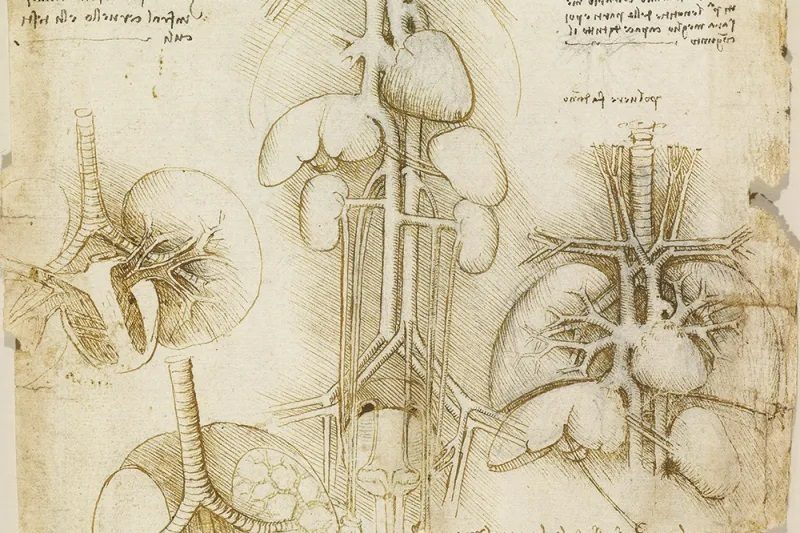When I was eighteen, my ex-boyfriend sent naked photos of me to all my friends and family after a particularly bad argument. Inconsolable and embarrassed, I looked to my mother to see if she could help, or if she never wanted to speak to me again. She said something that I will never forget. “Don’t worry love, if I had tits like yours, I’d put them on my Christmas cards.”
After that day, I no longer thought of breasts as inconsequential hanging sacks of fat. Now I just adore them — and not only my own. I have become somewhat of a breast connoisseur, and I get a good look at a pair whenever I can. So you can imagine my delight when Sydney Sweeney entered the public eye. I haven’t seen a rack that good in a while.
Yet victimhood politics has got its grubby little hands everywhere. Sweeney has spoken publicly about her “trauma” from having nice, big knockers. The Euphoria actress told the New York Post, “I had boobs before other girls, and I felt ostracized for it.” It turns out you can’t simply enjoy having nice features anymore. You have to (at least outwardly) appear to feel bad about them.
Sweeney went on to say that her acting skills are often overlooked in favor of her physical appearance. She described being stereotyped as the “blonde with big boobs.” Of course, Sweeney has often found herself taking a number of dumb-blonde-with-big-boobs roles that get her a hefty paycheck. Off screen, she’s also leaning into the character arc of the persecuted blonde. She has lucrative ad arrangements with lingerie outfitters such as Savage x Fenty — and even her own range with Frankies Bikinis. And a quick Google search reveals photoshoots of her cosplaying as Anna Nicole Smith and Jayne Mansfield. Dressed up as Jayne, Sweeney and fellow actress Maude Apatow even recreated the most famous picture of Sophia Loren looking at Mansfield’s breasts.

And who can blame her? Leaning into your breasts is nothing to be ashamed of. In fact, I’d recommend it. Tits are power, and you’d be surprised how susceptible to them some men are. Look at Christina Hendricks from Mad Men. Her character, Joan, had an entire office of brutish blokes eating out of her palm, thanks in no small part to her large boobs. After Mad Men became a smash hit, her character inspired a spike in breast implants. Hendricks thought, correctly, that her imitators had totally missed the point, saying, “They’re so obviously real that anyone who’s ever seen or touched a breast would know.”
The only complaint I’ve heard about breasts from normal women is the back pain that comes from the remarkably big ones — that isn’t Sydney’s problem. The best piece of writing on this subject is Nora Ephron’s Esquire essay from May 1972 titled “A Few Words About Breasts” where she writes about her small ones being the “hang-up of her life.” In the essay, she laments having to stuff her bra for years and never feeling feminine enough. She also has stern words for women that complain about having them: “My girlfriends, the ones with nice big breasts, would go on endlessly about how their lives had been far more miserable than mine. I have thought about their remarks, tried to put myself in their place, considered their point of view. I think they are full of shit.”
And so they are. People keep telling me there’s more to life than breasts, but if you have a good pair it’s a hell of a place to start. Back in the old days, you could freely admit this. Look at Mae West. Throughout her career, the actress has unashamedly padded out her curves and framed her body with clothes that showed them off. She purposely struck poses that pushed out her breasts and used her own rack to her advantage. West’s breasts became so famous that the military life jacket of World War Two was named after her, as the inflatable part of the vest fit over the chest.
I thought the days of giggling about breasts were over after I finished compulsory math class and no longer spent my lessons typing “boobs” into a calculator. Upon reflection, that probably answers the question of why I failed the class four times. But fear not, breast lovers. At a boozy lunch last week, I was delighted to learn that the Champagne coupe I was drinking from was modeled on Kate Moss’s left tit. The wonderful design was a marriage of my three favorite things in life: Art Deco, alcohol and an ample bosom. Moss said that she was “excited and honored” to be in the breast hall of fame alongside Marie Antoinette, calling her “a very intriguing and mischievous character.” Moss is referring to the tale that the original model for the Champagne coupe was Marie Antoinette’s left breast. Historians have put this down to being a colorful myth, but some things are too good to check.
So why are we now convinced that tits equal oppression? It’s not Sydney Sweeney’s fault, not even of the brilliant producers who keep finding reasons for her to tan in a bikini outside the pool of the White Lotus resort or at a teenage angst and fentanyl party in Euphoria. If there is a gestalt flattening of culture, a feeling that tits are something shameful or guilty, we have a broader anti-fun establishment to blame. Sweeney is, in some ways, a victim of her own hotness. Not to sound like a boomer, but you literally can’t do anything just for the sake of fun, freedom and feeling good anymore without being forced by society to feel bad about it.
But let ’em grumble, the flat-chested bores. They want to be miserable, and they want us to be miserable too. So don’t give them what they want. What we might get set back to is not the Fifties, but ten or twenty years ago when bestselling dating books weren’t titled “how to date men when you hate men” and when the Sports Illustrated Swimsuit Edition cover featured the voluptuous visage of Kate Upton, instead of men and flat or fat women. Let people enjoy things. Big, heaving, perky things, ideally.



